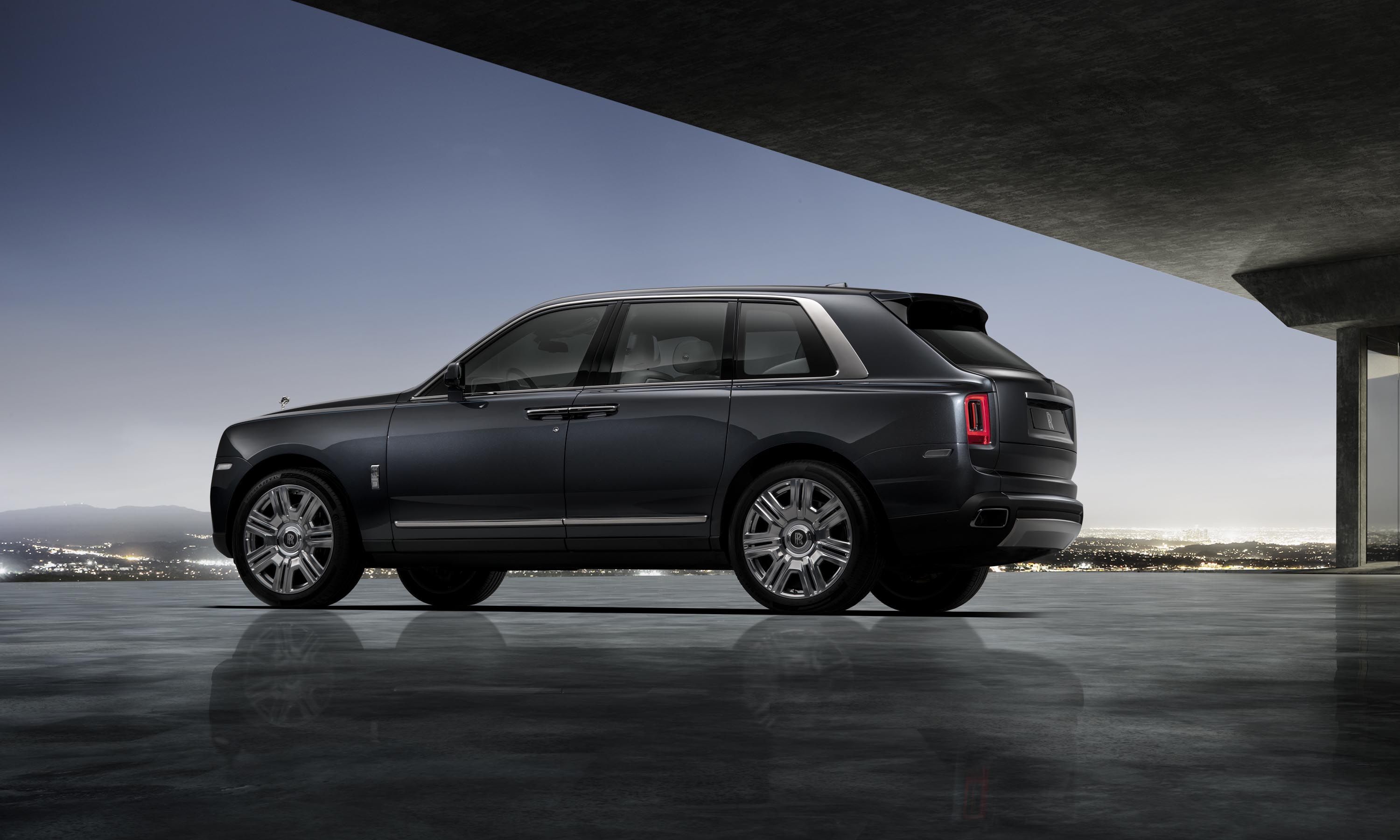- MAZDA IS READY FOR THE FUTURE: ALL NEW VEHICLES* ORDERED FROM THE FACTORY WILL BE CERTIFIED UNDER THE NEW EURO 6D TEMP EMISSION STANDARD, WHICH INCLUDES THE DEMANDING WLTP (WORLDWIDE HARMONISED LIGHT VEHICLES TEST PROCEDURE) CYCLE AS WELL AS ON-ROAD RDE (REAL DRIVING EMISSIONS) TESTING
- THE JAPANESE CARMAKER IS THUS CONVERTING ITS MODEL RANGE MORE THAN A FULL YEAR BEFORE THE NEW SCHEME BECOMES MANDATORY FOR ALL NEWLY REGISTERED VEHICLES
- DELIVERY OF THE FIRST EURO 6D TEMP MAZDAS WILL BEGIN NOW, IN JULY
Leverkusen, 18/7/2018.- Taking an imaginative approach, Mazda has again proven that clean emissions can be achieved even without complex – and costly – exhaust aftertreatment. The SKYACTIV-G direct injection (DI) petrol engines with 1.5, 2.0 and 2.5 litre displacements, for example, meet Euro 6d TEMP without needing particle filters. Mazda managed to comply with the new RDE particle number limits solely through engine modifications. As for its diesel powerplants, the SKYACTIV-D 2.2 adds an SCR (Selective Catalytic Reduction) system to fulfil Euro 6d TEMP’s on-road NOX limits. An NOX storage catalyst, meanwhile, is sufficient for the new SKYACTIV-D 1.8.
Clean petrol emissions without a particle filter
SKYACTIV-G petrol engines feature very high compression and a special combustion geometry, which serve as the basis for exceptionally efficient and clean combustion. Rather than adding a particle filter, Mazda was able to significantly reduce particle emissions – a problem area with many petrol DI systems – by increasing injection pressure and enhancing the piston shape as well as the flow conditions in the combustion chamber. At the same time, the carmaker improved real-world fuel efficiency by further reducing friction losses and optimising the cooling system. As a result, the latest SKYACTIV-G engines are more efficient than ever while producing very few harmful emissions.
SKYACTIV-D 2.2 with Selective Catalytic Reduction
Mazda’s extremely low compression SKYACTIV-D diesels are among the most efficient engines available, especially under real-world driving conditions. Introduced in 2012, they were Euro 6 compliant more than two years before the standard took effect – and without needing special exhaust aftertreatment.
The SKYACTIV-D 2.2 has undergone extensive changes to meet Euro 6d TEMP including a modified combustion chamber shape, variable turbine geometry for the larger of the two turbochargers, new thermal management and Rapid Multi-Stage Combustion with new ultra high response multi-hole piezo injectors. These not only reduce emissions, but also enhance response and noise behaviour. The SKYACTIV-D 2.2 is also equipped with an SCR system to effectively reduce NOX emissions, particularly in the real world, and therefore comply with RDE test limits.
SKYACTIV-D 1.8 with NOX storage catalyst
Replacing the SKYACTIV-D 1.5, the larger displacement of the new SKYACTIV-D 1.8 translates into lower maximum combustion pressure and combustion chamber temperature, which is further reduced by a combination of high and low-pressure exhaust gas recirculation. And the lower combustion temperature along with a number of other engine improvements means even fewer NOX emissions. On the SKYACTIV-D 1.8, an NOX storage catalyst is sufficient to bring these levels below the limits of Euro 6d TEMP, which as mentioned includes on-road RDE testing. The advantage over SCR: no AdBlue is required, saving owners time and money.
WLTP and RDE: the core of Euro 6d-TEMP
The Euro 6d TEMP emissions and fuel consumption values are determined according to the new WLTP (Worldwide harmonised Light vehicles Test Procedure) cycle. WLTP, which replaces the New European Driving Cycle (NEDC), is intended to more realistically reflect real-world mileage and emissions by taking into consideration parameters such as the vehicle weight, ambient temperatures, tire pressure and rolling resistance. The WLTP test cycle is also longer than the NEDC with higher average and maximum driving speeds. Like the NEDC, the WLTP is performed on a test bench, enabling straightforward comparability between vehicles. Euro 6d TEMP also includes RDE (Real Driving Emissions) testing, which takes into account harmful emissions in actual road traffic.
The Euro 6d TEMP standard has been in force since 1 September 2017 for new vehicle type approvals and applies to all new registrations as of 1 September 2019.
* Except the Mazda3, whose successor will be Euro 6d TEMP compliant when it arrives in the coming year.
Source: Mazda
Photograph: Mazda








